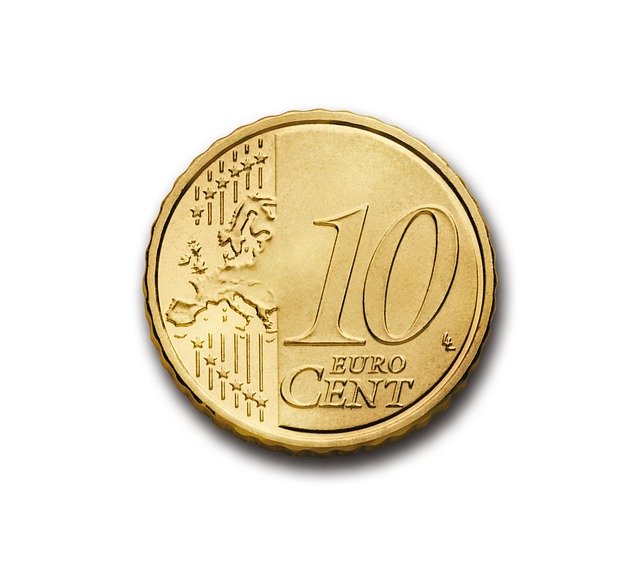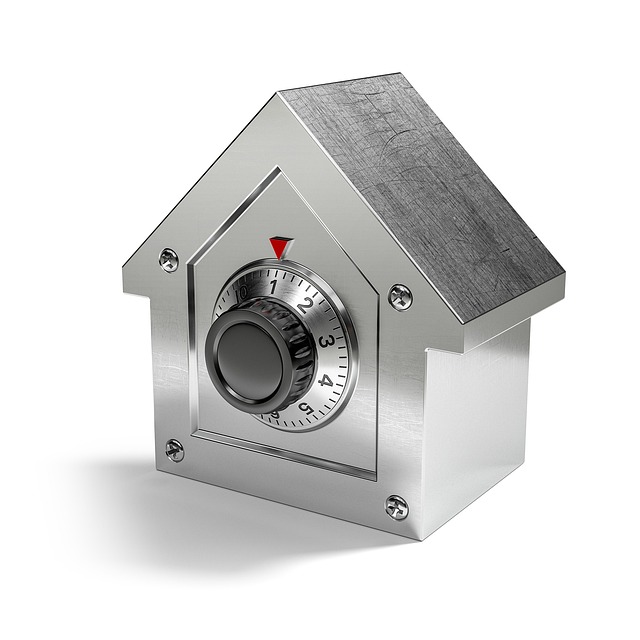Depositing money offers various options (cash, check, electronic transfer) requiring specific steps like document gathering and accurate account details. While physical deposits demand branch visits, checks need precise completion, and digital transfers are convenient online or via apps, emphasizing security through secure login and encryption. Time-deposit accounts like CDs incentivize saving with guaranteed interest rates. Prioritize safety using reputable institutions, two-factor authentication, and digital payment methods for efficient, secure money depositing experiences.
Depositing money is a fundamental aspect of managing your finances, whether it’s for savings, investments, or transactions. This comprehensive guide will walk you through the process of depositing money, offering a step-by-step breakdown. We’ll explore various types of deposits and their advantages, ensuring you make informed choices. Additionally, we provide best practices to ensure secure and efficient money deposits, helping you navigate the modern banking landscape with confidence. Learn how to optimize your financial contributions today.
- Understanding the Depositing Process: A Step-by-Step Guide
- Different Types of Deposits and Their Benefits
- Best Practices for Secure and Efficient Money Deposits
Understanding the Depositing Process: A Step-by-Step Guide

Depositing money is a fundamental banking activity, whether it’s for savings or transactions. Understanding the process ensures a smooth experience and helps to avoid any potential issues. Here’s a step-by-step guide to navigating the depositing process like a pro.
Start by gathering your necessary documents, such as your ID and proof of address. Choose the appropriate deposit method: cash, check, or electronic transfer. For physical deposits, head to a bank branch during operating hours, approach a teller, and inform them of your intention to deposit funds. They will guide you through the process, which often involves providing details about your account and verifying your identity. Once validated, you’ll be issued a deposit slip, which records the transaction details. For checks, ensure they are filled out correctly with your account number and amount. Electronic transfers can usually be initiated online or via mobile banking apps, requiring account login credentials and transfer instructions.
Different Types of Deposits and Their Benefits

When it comes to depositing money, there are various types available that cater to different financial needs and goals. Each method offers unique benefits, ensuring individuals have options suited to their preferences and circumstances. One common type is the direct deposit, which allows funds to be transferred directly from your employer or government agencies into your bank account, offering convenience and timely access to your earnings.
Another popular option is the mobile deposit, enabling users to deposit checks by simply taking a picture of them using their smartphone app. This method streamlines the process, eliminating the need for physical visits to banks, and provides immediate confirmation of the deposit’s success. Additionally, time-deposit accounts, such as certificates of deposit (CDs), encourage saving by locking in funds for a set period at a guaranteed interest rate, rewarding patients with higher returns.
Best Practices for Secure and Efficient Money Deposits

When depositing money, security is paramount. To ensure your funds remain safe, always use reputable financial institutions that employ robust encryption and security protocols. Verify the site has a secure connection (look for “https” in the URL) and uses trusted security certificates to protect your data during transmission. Additionally, enable two-factor authentication where available to add another layer of protection beyond just your password. This simple step significantly reduces the risk of unauthorized access to your account.
Efficiency is equally important for a seamless depositing experience. Opt for digital payment methods whenever possible, such as online banking transfers or e-wallets, which often offer faster processing times compared to traditional methods like checks or wire transfers. Keep your personal and financial information up-to-date to streamline the process further. Regularly review your account details, update any outdated information, and be wary of suspicious activities to maintain control over your funds and ensure smooth, secure deposits every time you choose to deposit money.
Depositing money is a fundamental aspect of financial management, offering various options tailored to individual needs. By understanding the different types of deposits and adhering to best practices, you can make informed decisions, ensuring secure and efficient transactions. Whether it’s a standard savings account or more specialized deposit products, this guide empowers you to navigate the process with confidence, ultimately helping you maximize the benefits of your financial choices.






